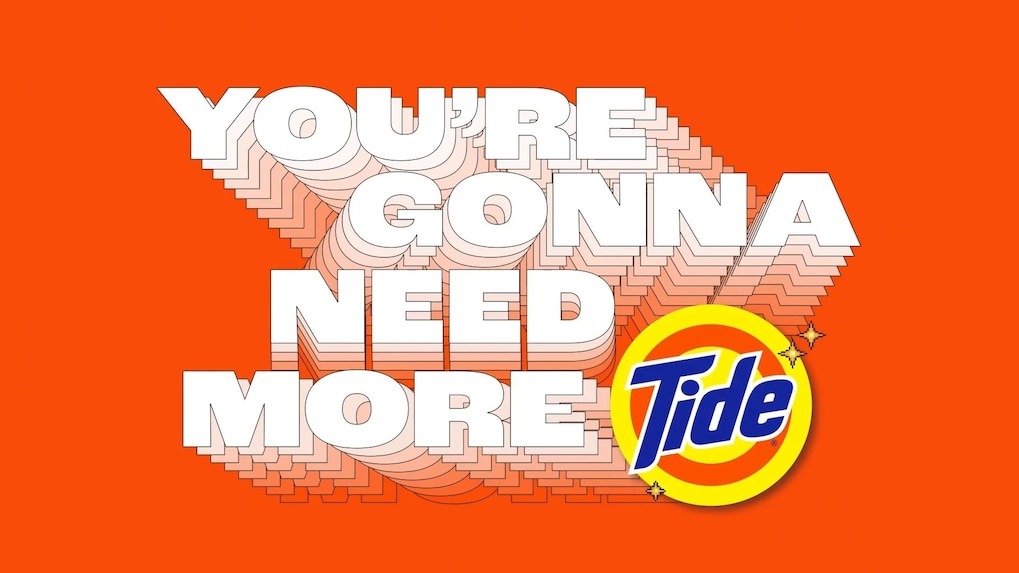Data Clean Rooms: Essential Tools in Digital Marketing
In the dynamic world of digital marketing, navigating data privacy and fragmentation has become increasingly challenging. With heightened privacy regulations and the continued evolution of data tracking mechanisms, marketers are compelled to explore new tools and strategies. Among these, data clean rooms have emerged as essential components for seamless data collaboration in the industry’s future.
The Changing Landscape
The landscape of digital marketing has witnessed a series of transformations, primarily due to increasing user awareness about data privacy and subsequent regulatory changes. Notably, Google’s initial plan to phase out third-party cookies by 2022 was reversed in July 2024. This decision allowed for the continued use of cookies, impacting the anticipated shift toward a cookieless environment and solidifying the role of data clean rooms.
Understanding Data Clean Rooms
A data clean room is a software platform that enables advertisers and brands to work with user-level data without sharing personally identifiable information (PII) or raw data with each other. Major advertising platforms like Facebook, Amazon, and Google use these rooms to provide advertisers with insights on ad performance across their ecosystems.
Key Features
- Privacy-Compliant Environment: Data clean rooms allow multiple parties to analyze combined datasets while protecting user privacy.
- Enhanced Analytics: These platforms enable advertisers and publishers to extract valuable insights and adhere to privacy regulations.
Role of Data Clean Rooms in Digital Marketing
Despite the ongoing presence of third-party cookies, the challenges associated with data fragmentation persist. Users’ increasing encounters with cookie consent pop-ups and privacy notices have reduced data availability for marketers. In this context, data clean rooms remain vital.
- They facilitate collaboration between advertisers and platforms without exposing raw data.
- They provide a clearer picture of advertising performance, relying on robust first-party data for significant data matching.
Challenges and Limitations
Data clean rooms are not without challenges. While first-party data is easier to manage regarding privacy regulations, it is more challenging to acquire compared to third-party cookie data. Furthermore, the walled gardens like Google, Facebook, and Amazon can provide enhanced measurement solutions due to their access to abundant customer data.
- Single Platform Limitation: Most data clean rooms work for single platforms and cannot be easily combined for a holistic view across channels.
- Reliance on First-Party Data: Brands must prioritize building solid banks of first-party data to leverage the full potential of data clean rooms.
Future Prospects and Alternatives
The path forward for marketers involves navigating the complexities of data privacy and user consent. As tracking requires explicit user consent, companies need to adapt by asking users more frequently for their data.
Alternatives
- Browser-Based Tracking: Google’s Federated Learning of Cohorts (FLoC) offers a browser-based solution, though it has received mixed reactions concerning privacy.
- Universal IDs: These promise cross-network attribution by anonymizing user-level data for easier tracking.
In conclusion, while data clean rooms play an indispensable role in modern digital marketing, it’s crucial for marketers to explore alternatives and develop strong first-party data strategies to thrive in this new era. To stay updated on the latest trends in marketing, subscribe to martechtrend.com.












Leave a Reply